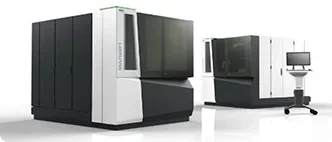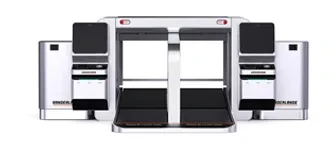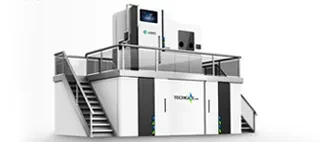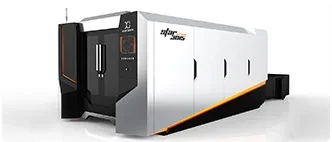EMI EMC Filter
What is EMI Filter?
The main function of EMI filter is to suppress electromagnetic interference (EMI) and ensure the normal operation of electronic equipment. It protects sensitive circuits and improves the stability and reliability of equipment by filtering out high-frequency noise and interference signals. In modern industrial, medical and consumer electronics fields, EMI filter is an important component to ensure equipment compliance, improve performance and extend service life. Effective use of EMI filter can reduce the failure rate and ensure that equipment can work smoothly in complex electromagnetic environments.
We are a professional manufacturer focusing on the R&D and manufacturing of EMI filter products. We are committed to reducing electromagnetic interference and improving equipment performance. Our main EMI filter products include: single phase EMI filters, three phase EMI filters, IEC inlet filters, PCB filters, feed-through filters and DC filters.
Highly efficient electromagnetic interference suppression capability
Wide operating frequency range
Reliable performance and durability
International standard certification (such as UL, CE, ROHS)
Customization supported

Single Phase EMI Filter

Three Phase EMI Filter

IEC Inlet Filter

Feedthrough Filter

PCB Filter

DC EMI Filter
highlighting advantages of our EMI filters
Efficiently suppress interference and improve equipment performance.
Creative idea
Combining advanced technology with reliable performance ensures that each EMI filter can effectively protect the equipment and improve system stability.
good quality
Excellent quality standards and strict quality control process ensure that each EMI filter reaches industry-leading levels in performance, safety and reliability.
customized services
Tailor-made EMI filter solutions that meet specific needs for customers to ensure optimal performance and compatibility.
Techonical support
DOREXS provides comprehensive services, from product selection and installation guidance to troubleshooting and performance optimization, to ensure your best experience and results.
FAQ
Q: How to select an EMI filter?
- Operating voltage and current: Make sure the filter's rated voltage and current match your device.
- Frequency range: Select a filter that can suppress the electromagnetic interference frequency band present in your system.
- Filtering effect: Select the appropriate filter according to the required attenuation level to ensure sufficient interference suppression.
- Application environment: Select the appropriate filter according to the environment in which the device is used (such as industrial, medical, consumer electronics).
- Mounting method: Determine the size, shape and mounting method of the filter to ensure compatibility with your device.
- Certification requirements: Select filters that meet industry standards and certifications (such as UL, CE, ROHS) to ensure safety and compliance.
Based on these factors, you can choose the most suitable EMI filter for your system. If you have any questions, our technical support team can help you make a selection.
Q: How to install an EMI filter?
1. Determine the installation location
Recommendation: Install the EMI filter at the power input to ensure that interference is effectively suppressed before entering the device. The filter should usually be as close to the power socket or input as possible.
2. Choose a suitable grounding
Grounding requirements: The EMI filter must be well grounded to ensure that the interference current can be effectively conducted to the ground wire to avoid affecting the device. Check whether the ground connection is firm and reliable.
3. Ensure correct electrical connection
Connection between the power supply and load ends: Correctly distinguish the power supply and load ends of the filter, ensure that the power line is connected to the input end of the filter, and the device is connected to the output end of the filter. Incorrect connection may cause the filter to fail.
4. Check the cable layout
Recommendation: Ensure that the cables on the input and output sides of the filter are kept apart to avoid interference between the input and output cables. At the same time, try to shorten the connecting cables to reduce the interference introduced by the cables.
5. Fix the filter
Fixing method: According to the requirements of the equipment, select a suitable fixing method (such as screw or DIN rail installation) to ensure that the filter is firmly installed in the appropriate position to avoid vibration or looseness.
6. Testing and Verification
After installation, perform functional testing to check whether the equipment is running stably and whether electromagnetic interference is effectively suppressed. If problems are found, check whether the grounding and wiring are correct, and adjust the position of the filter as needed.
Installing the EMI filter according to the above steps can ensure that it works best and ensures stable operation of the equipment. If you need detailed installation guidance or support, please contact our technical team.
Q: How do I choose the right EMI filter for my application?
Q: Can your products help in achieving energy efficiency?
we are here for you
Hope the DOREXS team can help you.

























